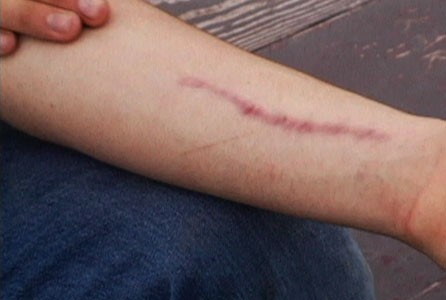
Forearm Surgery
Forearm surgery is performed for a variety of conditions. Fractures and breaks are common reasons for having a forearm surgery. When both bones of the forearm are involved in a break, surgery is almost always necessary. The condition causes the forearm to be unstable and casting will not help the fracture or break heal properly.
A metal plate may be placed in the arm to hold the broken bones in place and this involves the use of hardware that attaches the plate to the broken bone. There are some complications that can arise with a forearm surgery that should be monitored after the surgery is complete.
All surgeries carry the risk of infection and the incision sites should be monitored for evidence of infection. If the skin becomes red and inflamed or warm to the touch, an infection may be present. Inflammation may be accompanied by an oozing wound. Fluids draining from the incision site are filled with pus; this may be a sign of an infection and should be seen immediately. Patients may also have a fever with an infection.
There is also a decreased range of motion after a forearm surgery. Patients are typically started with physical therapy after the surgery to improve range of motion and help the arm heal. The decreased motion may be in the wrist or elbow of the affected arm.
Physical therapy begins with range of motion exercises after the forearm surgery. The exercises may occur the same day or next day after the procedure. The sooner that physical therapy begins, the sooner the healing and range of motion will return.
The hardware that is used in a forearm surgery may also cause pain during the healing process. Some patients report that they can feel the metal implants under the skin. The hardware may be removed a year or more after the surgery. The hardware should not be removed before a year has passed after the forearm surgery.
A brace may be worn after a forearm surgery to keep the arm still while the bones heal. Physical therapy will work with the brace until it can be removed.
Some patients experience a non healing fracture and may require additional surgery to help the bones heal. A bone graft may be necessary in these cases to help the bones heal. This usually occurs in patients who have a fracture that has broken into many small pieces.
A patient in good medical condition with a program of physical therapy in place should expect a good recovery from a forearm surgery. Not every case will experience a return of the full range of motion, but many patients are able to fully recover from the surgery and break. Working with the physical therapist will help return strength as well, which help support the bone.
